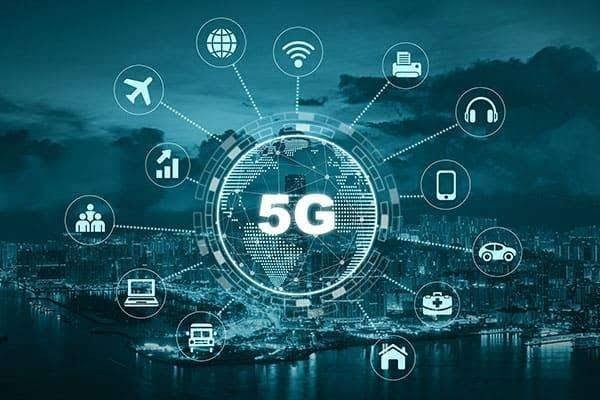Digital Insights
Your go-to source for the latest in technology and gadget reviews.
Is 5G the Wi-Fi We’ve Been Waiting For?
Discover if 5G is the game-changing Wi-Fi solution we've all been waiting for! Uncover the truth behind the buzz now!
Exploring the Benefits: Is 5G the Future of Wireless Connectivity?
As we venture deeper into the digital age, 5G technology is rapidly transforming the landscape of wireless connectivity. One of the most significant benefits of 5G is its unparalleled speed, potentially exceeding 10 Gbps, which is up to 100 times faster than 4G networks. This enhancement in speed is not just about faster downloads; it paves the way for innovations such as augmented reality, virtual reality, and IoT applications that require high-speed data transmission. Furthermore, with 5G, the latency is dramatically reduced, making real-time communication more efficient and responsive, which is crucial for applications like remote surgery and autonomous vehicles.
In addition to speed and reduced latency, 5G offers improved connectivity, especially in densely populated areas. This technological leap supports a larger number of devices being connected simultaneously, which is essential as the Internet of Things (IoT) continues to expand. With more devices connected, users can expect enhanced network reliability and stability, reducing the chances of disruptions during critical activities. Furthermore, its energy efficiency means that 5G networks consume less power, promoting a more sustainable approach to connectivity. These attributes not only signify the potential for 5G as the future of wireless connectivity but also highlight its capacity to drive economic growth in various sectors.

5G vs. Wi-Fi: Which Technology Can Truly Replace the Other?
As the demand for faster internet continues to grow, the debate between 5G and Wi-Fi has gained significant traction. Both technologies offer unique advantages and cater to different needs. 5G, with its lightning-speed connectivity and low latency, is poised to revolutionize mobile internet access, making it an ideal choice for users who require consistent and reliable performance on the go. On the other hand, Wi-Fi remains a staple in home and office environments, providing high-speed internet without the limitations of data caps often associated with mobile carriers.
While some speculate that 5G could eventually supplant Wi-Fi, the two technologies are more likely to coexist and complement each other. For instance, Wi-Fi is essential for intra-building connectivity, especially in places where multiple users share the same internet connection. Additionally, 5G's reliance on expanding infrastructure and potential high costs may hinder its ability to fully replace Wi-Fi in certain scenarios. Overall, understanding the strengths and weaknesses of each technology helps users make informed decisions on which option best suits their needs.
Is 5G the Answer to Our Growing Demands for Faster Internet?
The advent of 5G technology marks a significant milestone in our quest for faster internet. As data consumption continues to escalate due to streaming services, online gaming, and smart devices, traditional networks often struggle to keep pace. 5G promises to deliver speeds up to 100 times faster than its predecessor, 4G, enabling seamless connectivity and improved user experiences. This advancement could be the solution to buffering issues, lag in real-time applications, and the overall demand for increased bandwidth in both urban and rural areas.
Moreover, 5G operates on a broader spectrum and utilizes advanced technologies like beamforming and Massive MIMO to enhance network efficiency. With its ability to support a larger number of devices simultaneously, it facilitates the rise of the Internet of Things (IoT), where everyday objects connect to the internet, creating smarter environments. As more individuals and businesses rely on robust internet for work, education, and entertainment, 5G is positioned to be the necessary infrastructure that meets these growing demands, fostering innovation and unlocking new possibilities.